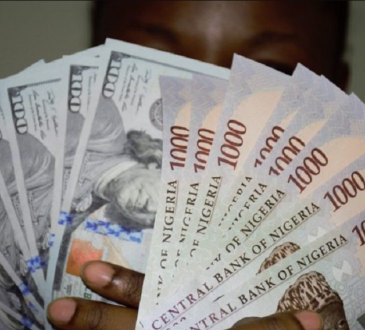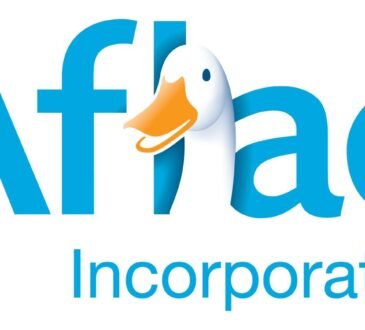Unlock the Editor’s Digest for free
Roula Khalaf, Editor of the FT, selects her favourite stories in this weekly newsletter.
The writer is chief economist at the Inter-American Development Bank
From the collapse of Argentina’s convertibility regime in the early 2000s to recent discussions about the case for greater exchange rate flexibility for China, the past two decades have seen a vigorous debate about the optimal exchange rate regime for economies large and small.
This debate has been underpinned by an influential academic consensus that the only sustainable regimes are hard pegs of one currency to another or free floating exchange rated — the so-called “bipolar view”.
However, the real-world experiences of many countries have long suggested that this dichotomy is too simplistic. Sharp volatility in several countries has raised concerns about currency instability and “pass-through” to inflation. Meanwhile, the relative stability of economies like Singapore during the pandemic has highlighted the potential benefits of using the exchange rate as a monetary policy tool.
Rather than targeting interest rates, the Monetary Authority of Singapore manages the Singapore dollar’s exchange rate against a trade-weighted basket of currencies. The MAS adjusts the pace of appreciation or depreciation to achieve its inflation goals, essentially conducting inflation targeting but with the exchange rate as the instrument. It’s a novel approach that has delivered impressive results: since the 1980s, Singapore has enjoyed low inflation, high growth, and remarkable resilience to shocks.
Against this backdrop, a new study by the Inter-American Development Bank provides a rigorous economic rationale for Singapore’s framework, at least for economies that are highly open to trade. Using macroeconomic models calibrated to data from Singapore and Chile, the study finds that exchange rate management can provide significant welfare gains — equivalent to a 1.5 per cent permanent increase in consumption — for extremely open economies like Singapore, where exports and imports total nearly three times GDP.
The rationale is straightforward. In a very open economy, exchange rate volatility has an outsized impact on inflation, output and living standards. By adjusting the pace of currency appreciation or depreciation, monetary authorities can tame this volatility and deliver greater macroeconomic stability.
The catch is that the benefits of a managed exchange rate increase with trade openness. For Chile, the study estimates that moving to a Singaporean-style system would reduce welfare by 0.5 per cent given current levels of trade around 70 per cent of GDP. But if Chile’s trade increased to more than 100 per cent of GDP, the calculus would flip, and the case for managed float would start to look better than a free float.
This suggests the optimal exchange rate regime can evolve along with an economy’s structural characteristics. As developing economies integrate more deeply into global trade networks, they may need to consider a greater role for exchange rate management.
Of course, this doesn’t mean that every open economy should adopt Singaporean-style exchange rate targeting. A managed float may increase vulnerability to speculative attacks or sudden-stop crises in countries with low central bank credibility or significant foreign-currency debts. But the central insight — that the optimal degree of exchange rate flexibility depends crucially on trade openness — is an important one for policymakers.
The lesson is that no one exchange rate regime is right for all countries at all times. Policymakers in open economies should tailor their approach to their own circumstances, using the exchange rate lever judiciously to navigate an increasingly integrated but volatile global economy. Sometimes, a bit of fear of floating may not be so irrational after all. As the global monetary order continues to evolve, it’s a lesson that bears heeding.
The findings of this study suggest that intermediate regimes can be both sustainable and beneficial under certain conditions, particularly for highly open economies. And as emerging economies continue to gain economic weight and influence, there may be growing interest in alternative monetary frameworks that can better accommodate their needs and circumstances.
The Singaporean model, with its focus on using the exchange rate as a policy tool, could serve as a valuable template for countries seeking to balance the benefits of global integration with the imperative of domestic economic stability. This could potentially lead to a more diverse and resilient global monetary landscape.





